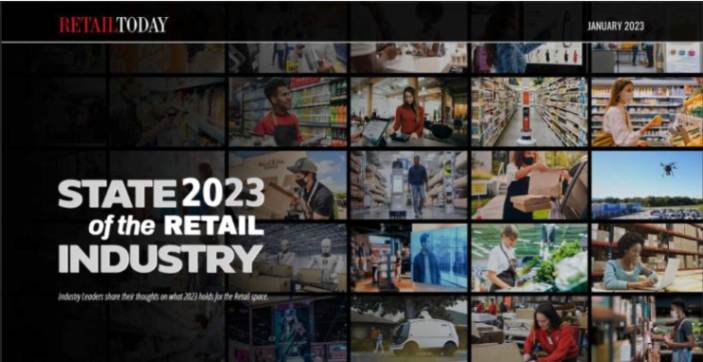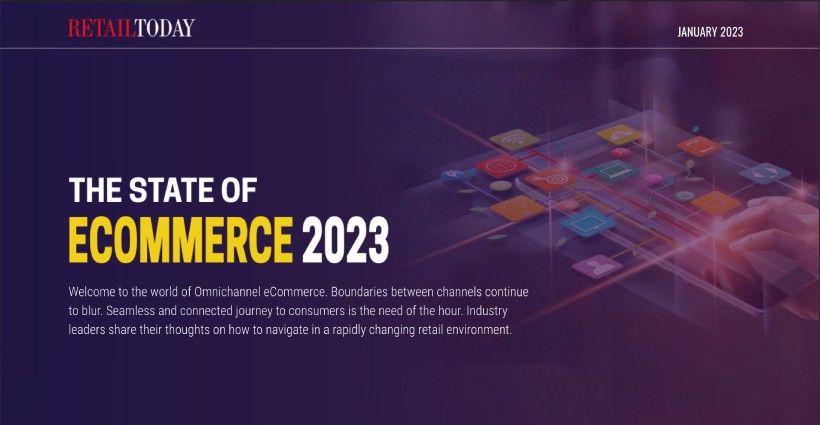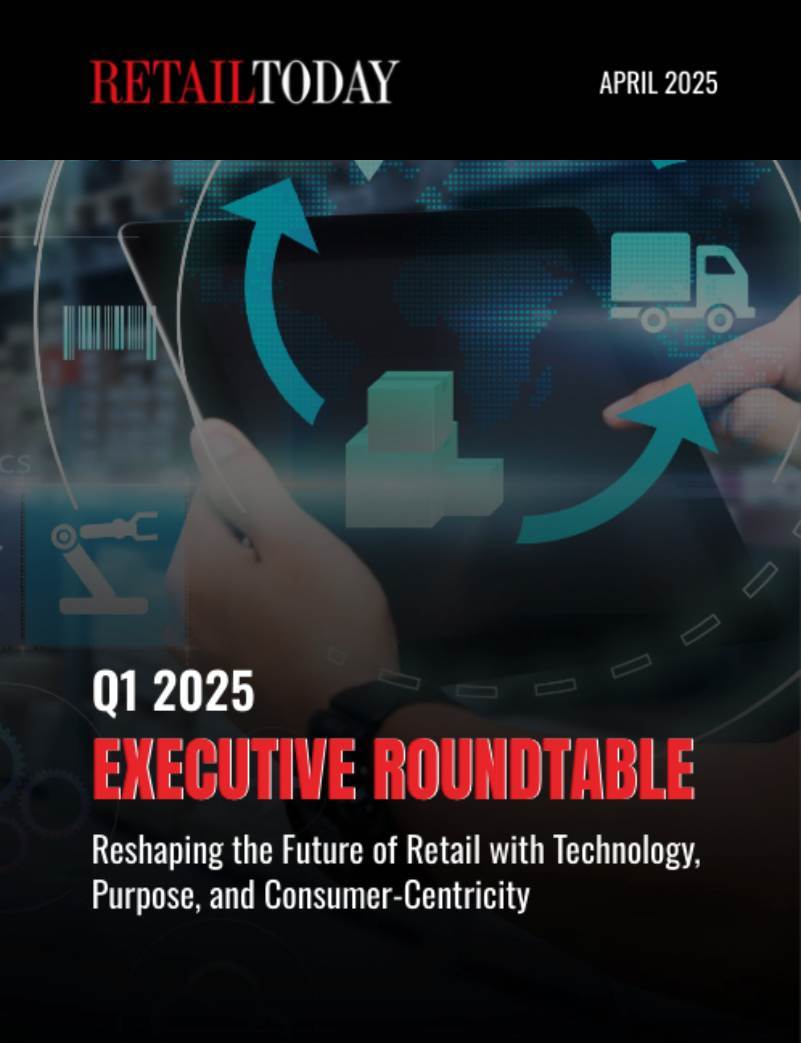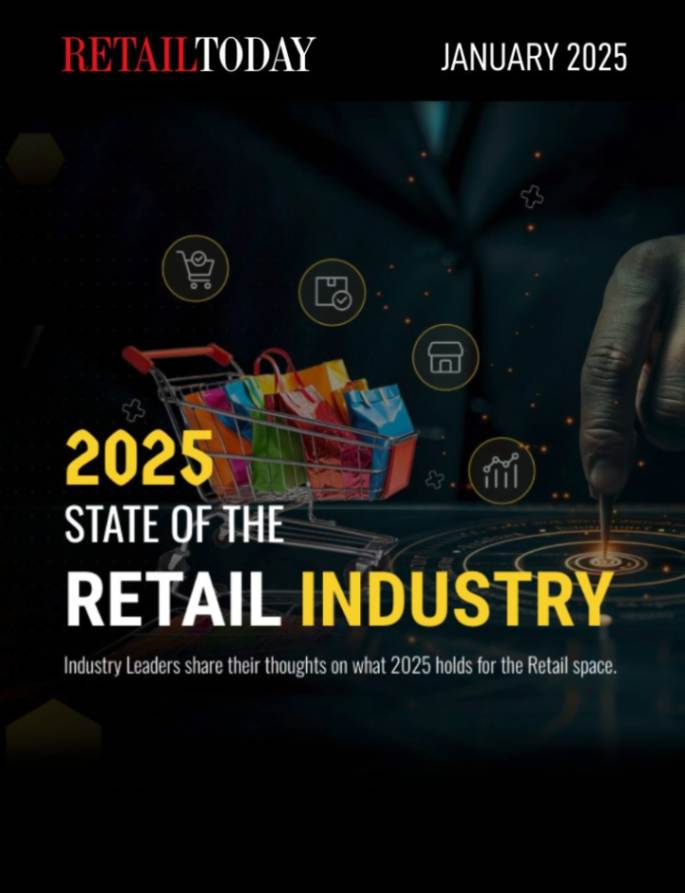
As the holiday season approaches, retailers face an all-too-familiar challenge of cutting through the noise to reach consumers in a meaningful way. With the rise of e-commerce, first-party data (such as first-hand knowledge of who’s visiting your website) and third-party data (gathered by cookies that track consumers) have dominated the digital retail landscape.
But the former only provides transactional insight, and the latter comes with privacy issues. In fact, a Deloitte study on cookie tracking showed that 65% of respondents were against excessive cookie use because it raised privacy concerns for them.
This is where zero-party data comes in. It’s information that customers intentionally and willingly share with brands. It’s the gold standard of customer data because it’s built on trust, transparency, and consent. With zero-party data in hand, retailers are empowered with richer insight into their customers, evolving the relationship from transactional to transformative.
How can retailers capture zero-party data?
One of the best ways for retailers to capture zero–party data is via surveys. Many retailers already do this, often sending a short, one-question survey after someone makes a purchase on their website. The problem is, these types of surveys generally attract just a 10 to 30 percent response rate. Once customers make a purchase, there’s really no incentive for them to fill out a survey, no matter how short it might be.
Incentivizing them to complete the survey is key to capturing coveted zero-party data. The same Deloitte cookie study shows that 60% of people are more willing to share data if they received personalized benefits or discounts out of it. Combining customized survey questions with a reward will motivate consumers to answer the survey questions. In exchange, retailers get insight on their customers’ preferences, behaviors, values, future purchase intentions, etc. For example, a retailer can learn about a customer’s favorite shopping categories, preferred brands, sustainability values, or even interests outside of shopping.
By marrying this zero-party data with post-purchase cart data, retailers gain a comprehensive profile of each customer. And better yet, all the data that customers have shared comes with expressed-consent. They know the data is for marketing purposes, and are more likely to be receptive to marketing communications they receive in the future.
Zero-party data and the holiday shopping advantage
The holiday season is a critical time for retailers, accounting for a significant portion of annual revenue. Yet, it’s also a period when competition is fierce, and customers are bombarded with marketing messages. To stand out, retailers must go beyond generic promotions and deliver personalized experiences that resonate with individual customers. Zero-party data is the key to achieving this. By leveraging platforms that can segment consumers based on their post-purchase survey answers, retailers gain access to granular consumer data.
Imagine a scenario where a customer receives a holiday offer not just based on past purchases but also on their stated preferences and interests. A customer who recently purchased outdoor gear and indicated a preference for sustainable products could receive a targeted promotion for eco-friendly winter apparel. This level of personalization not only increases the likelihood of conversion but also enhances the customer’s perception of the brand as one that really understands and values them.
Tailoring marketing messages to segments ensures that customers receive offers that are relevant to them, reducing the risk of holiday fatigue and increasing engagement.
Zero-party data leads to personalized marketing beyond the holiday season
The benefits of zero-party data extend far beyond the holiday season. As retailers continue to face challenges related to data privacy and third-party cookies, zero-party data offers a sustainable and future-proof solution. Retailers need to keep in mind that customizing surveys is key to this approach. Advances in artificial intelligence have made this easier than ever. Algorithms can learn from previous surveys to create future ones, leading to a deeper understanding of a retailer’s customer base with every subsequent rewards-based survey.
With an abundance of zero-party data, retailers can access cohorts based on psychographics, technographics, context, media and attribution, as well as average order value and demographics. This helps retail leaders create highly targeted campaigns when holiday shopping has come and gone. Perhaps a brand learns that there’s a segment of its Gen Z customers who prefer holiday shopping in January. Or another brand discovers a segment particularly interested in DIY home improvement projects in the spring.
The role of zero-party data in building long-term brand loyalty
As retailers gear up for the holiday season, the importance of data-driven marketing cannot be overstated. Zero-party data offers a compelling alternative to first and third-party data. Retailers can leverage customized, rewards-based surveys during shopping-intensive periods like the holidays to capture zero-party data, incentivize long-term brand loyalty, all the while earning consumer trust with data transparency.






